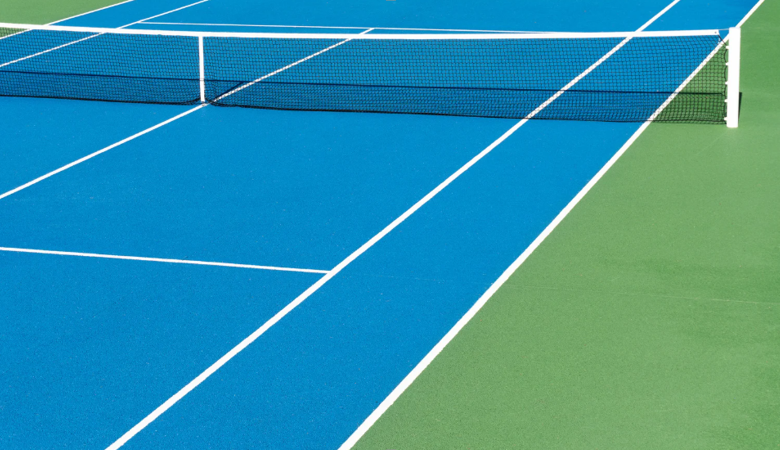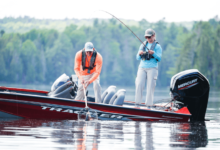Choosing the Right Tennis Court Resurfacing Materials

Maintaining the quality and performance of a tennis court requires more than just surface-level care. Over time, even well-constructed courts will require resurfacing to maintain playability and safety. Selecting the appropriate materials for tennis court resurfacing in Georgia can significantly impact durability, player experience, and long-term costs. Understanding the options available and their unique benefits ensures that your investment in resurfacing provides lasting results.
Why Material Choice Matters
Resurfacing materials impact everything from ball bounce to surface speed and traction. Courts exposed to Georgia’s humid summers, heavy rain, and seasonal temperature shifts demand materials that can withstand these environmental factors. Poor material selection can lead to early cracking, fading, or surface wear, requiring frequent repairs. Choosing wisely from the start reduces maintenance needs and keeps the court functional for years.
Common Resurfacing Material Options
When planning resurfacing, the primary choices often include acrylic coatings, cushioned systems, and hybrid blends. Acrylic coatings remain the most popular choice, offering cost-effectiveness and a wide range of color options. Cushioned systems add an extra layer that reduces impact on joints, making them ideal for recreational facilities or senior players. Hybrid surfaces combine multiple material properties to strike a balance between performance and durability. Each option presents its own strengths, and consulting a professional ensures that the final choice matches the court’s intended use and the region’s climate.
Long-Term Advantages of Resurfacing
Proper resurfacing not only extends the court’s life but also enhances playability. Players benefit from consistent ball bounce and reduced risk of slips or injuries on worn surfaces. Additionally, resurfacing improves the court’s appearance, which is especially valuable for clubs, schools, or private facilities that host competitive matches. By understanding the benefits of resurfacing a tennis court, it becomes clear that this investment promotes both safety and long-term cost savings.
Timing and Climate Considerations
Material performance also depends on the timing of resurfacing. Georgia’s climate can impact curing and adhesion, making it essential to schedule resurfacing during favorable weather conditions. Understanding how to choose the right time of year for tennis court resurfacing can prevent premature material breakdown and guarantee optimal results. Professionals typically recommend milder seasons when temperatures and humidity are stable for the best application conditions.
See also: The Role of Posture in Preventing Lower Back Pain: Tips for Everyday Life
Professional Insight into Material Selection
Professionals evaluate factors such as sub-base condition, drainage systems, and the type of play expected on the court before recommending resurfacing materials. For example, high-use tournament courts may benefit from premium cushioned surfaces, while community courts may require durable and budget-friendly acrylic systems. Expert guidance helps ensure the final choice aligns with long-term goals, not just immediate cost considerations.
Conclusion
The decision to resurface a tennis court is more than just a maintenance step; it is a strategic investment in safety, performance, and aesthetics. Selecting the right materials for tennis court resurfacing ensures that the court can handle local weather patterns and provide an excellent playing surface for years to come. By understanding the benefits of resurfacing and considering the optimal seasonal timing, facility managers and property owners can extend the life of their courts and minimize future maintenance expenses. Partnering with skilled professionals provides confidence that the best materials are chosen, ensuring the court remains a reliable and enjoyable space for athletes of all levels.






